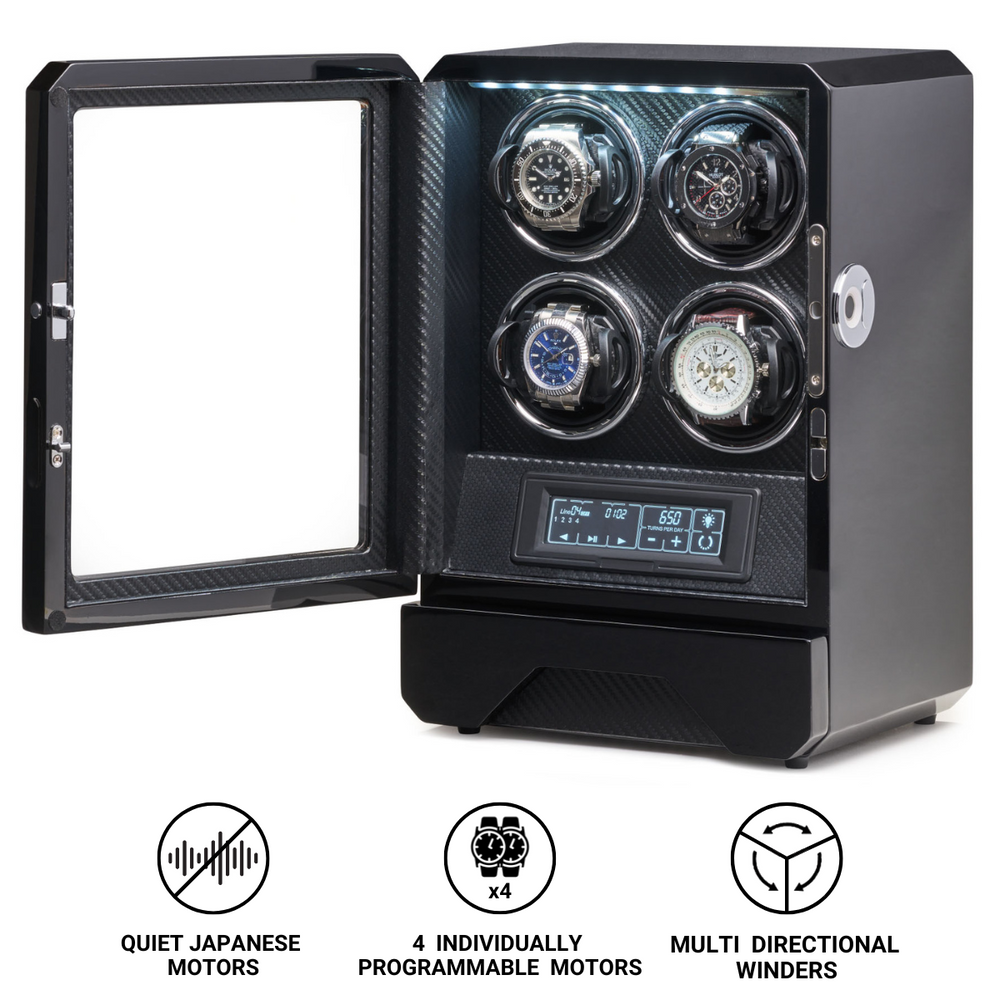Swiss Watch Exports Rise Sharply in April as US Importers Rush Ahead of Tariff Threats
American demand drives an 18 percent global gain, but underlying weakness persists across Asia
Swiss watch exports rose by 18.2 percent year-on-year in April 2025, reaching CHF 2.5 billion for the month, according to official data from the Federation of the Swiss Watch Industry (FH). The increase was driven almost entirely by extraordinary shipments to the United States, as importers moved aggressively to pre-empt potential tariff measures promised by former US President Donald Trump in his 2025 campaign platform.
Over the first four months of the year, total export growth reached 4 percent. However, without the exceptional boost from the US market in April, cumulative growth would have been significantly more modest.
The US Surge: Front-Loading Before Tariffs
Exports to the United States rose by an extraordinary 149.2 percent in April compared to the same month last year. The increase reflects a front-loading of shipments by brands and distributors seeking to avoid the financial impact of expected customs duties on Swiss luxury goods.
Although no formal tariff legislation had been implemented by the time of export, the anticipation of policy change led to a concentration of stock deliveries into the first half of the year. The effect mirrors similar patterns observed in 2019, when escalating US-China trade tensions triggered comparable pre-emptive export surges.
As a result, analysts caution that the apparent strength in April may not be repeated in the coming months. Once inventories are absorbed and the political landscape becomes clearer, the industry may face a correction in shipment volumes to the US.
Asia Pacific Continues to Decline
While the American market appeared robust on paper, Asia told a different story. Exports to China fell by 30.5 percent, while Hong Kong declined by 22.8 percent. These figures reflect both cyclical consumer weakness and deeper structural changes in luxury consumption patterns within the region.
Singapore, which had shown positive growth over the past year, posted a 9.2 percent decline in April. Analysts cite currency pressure, a slowdown in regional tourism, and a more cautious retail environment as contributing factors.
By contrast, markets such as Japan (+1.9 percent) and the United Kingdom (+1.6 percent) delivered modest gains, although the overall international trend outside the United States remains negative.
Export Breakdown by Case Material
In terms of value, watches made from precious metals led growth with a 23.4 percent increase year-on-year in April. Bicolour watches, typically combining gold and steel, posted the strongest performance in relative terms at +44.5 percent. These segments were buoyed by strong demand for high-margin references, particularly in the US market.
Watches made of stainless steel also performed well, growing 13.8 percent in value and 18.9 percent in volume. Steel remains the dominant material by unit count, especially in the CHF 1,000 to CHF 5,000 segment.
By contrast, watches made from non-metallic materials – including ceramics, carbon composites, and synthetics – declined 19.1 percent in volume. This reflects a cooling of interest in experimental or avant-garde models in several regions.
Shifts in Volume and Price Segments
The number of watches exported globally rose slightly in April, but only due to US activity. Excluding American data, export volumes declined by 5.7 percent. This divergence highlights the fragility of global demand and the increasing dependence of the Swiss watch industry on a limited number of buoyant markets.
Performance by price category was polarised. Timepieces with an export price exceeding CHF 3,000 increased by 22.9 percent in value, accounting for a large share of overall revenue growth. This segment continues to be dominated by established luxury brands with strong brand equity and limited production models.
Meanwhile, watches priced between CHF 200 and 500 saw a marginal decline of 1.2 percent in value, extending a multi-quarter trend of pressure in the mid-tier market. Entry-level Swiss watches remain under pressure from high-quality Japanese alternatives, connected wearables, and resale platforms.
Context and Outlook
The April results confirm that geopolitical risk is once again shaping global watch distribution patterns. The US pre-shipment phenomenon echoes past trade manoeuvres, underscoring the Swiss industry’s vulnerability to policy shifts in its largest export markets.
The Chinese slowdown also remains a key concern. Beyond short-term macroeconomic volatility, luxury spending patterns are changing as domestic consumers increasingly favour local brands, e-commerce channels, and travel purchases outside traditional duty-free zones.
Looking ahead, Swiss watchmakers face a complex landscape marked by logistical recalibration, retail caution and growing competition from independent microbrands and second-hand platforms. Although headline export figures appear healthy for now, the underlying picture remains mixed.














